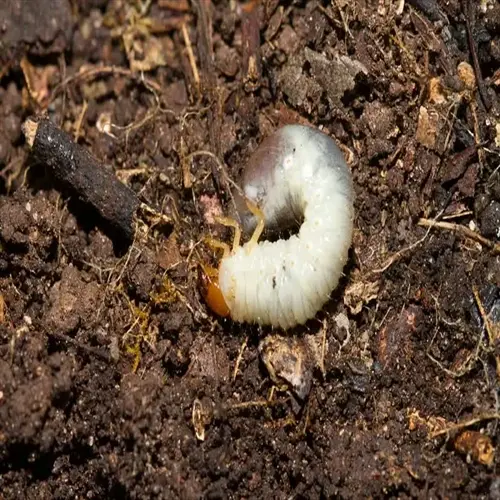What defines an invasive species?

Written by
Olivia Mitchell
Reviewed by
Prof. Samuel Fitzgerald, Ph.D.Invasive species are nonnative species that cause considerable harm to both the economy and the environment. They have no natural predators and therefore prey on native species. You see disrupted food chains, destroyed habitats, and so on. The invaders expand aggressively over different areas.
Ecological Impact
- Reduce biodiversity by outcompeting native plants and animals
- Alter soil chemistry and water quality in invaded areas
- Disrupt pollination networks and seed dispersal systems
Economic Consequences
- Agricultural losses from crop damage and livestock threats
- Infrastructure repair costs for clogged waterways and roads
- Tourism revenue decline in affected natural areas
Prevention is still the best action against biological invasions. You should examine international shipments thoroughly and clean recreation gear after use. Choose native plants for landscaping. These barriers are crucial to prevent new introductions.
Successful management requires early detection systems. Report sightings using verified identification apps. Join local monitoring networks. Support rapid response initiatives. Your vigilance helps contain outbreaks before they spread out of control.
Read the full article: Invasive Species Control: Ultimate Management Guide

